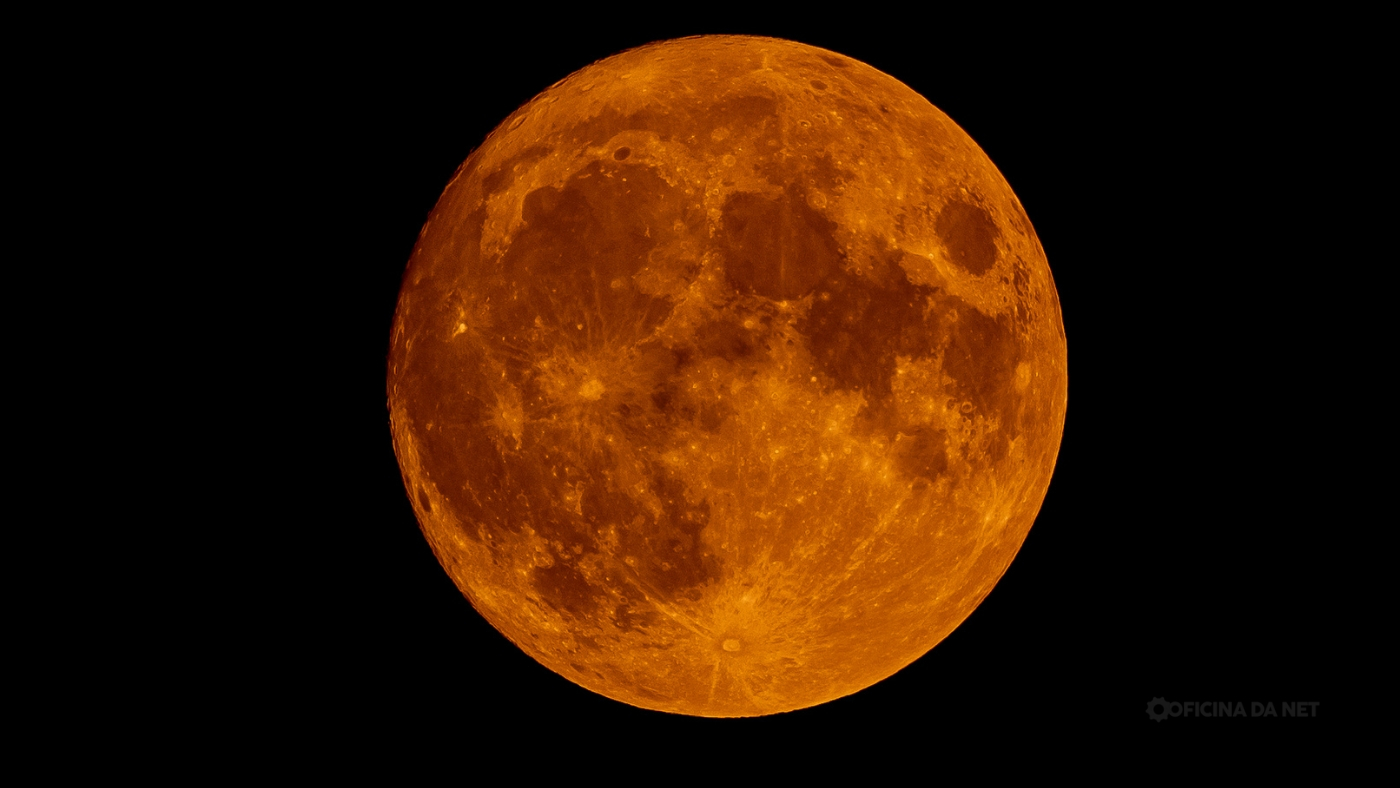Full Harvest Supermoon Tonight (October 7): Best Time to Watch and What to Expect
This Tuesday, October 7, marks one of the most spectacular celestial events of the year: the Full Harvest Supermoon. At exactly 12:47 a.m., the Moon reaches its peak fullness and appears brighter and larger than usual — the first Supermoon of 2025. Here’s everything you need to know to observe it tonight.
How to Watch the Full Harvest Supermoon Tonight
Find an open area with minimal artificial light and a clear view of the eastern horizon. The lunar disk will appear about 7% larger and 14% brighter than a typical Full Moon, due to the Moon’s closest approach to Earth (known as perigee).
The most stunning view happens at moonrise, between 6:00 p.m. and 7:00 p.m. in most regions of Brazil. Near the horizon, the Moon appears orange-tinted and enormous — an optical illusion that makes the sight even more breathtaking.
Pro tip 🪐
Look closely and you’ll also spot Saturn near the Moon — visible as a small yellowish point of light right next to the lunar disk.
October 2025 Lunar Calendar
The lunar cycle lasts about 29.5 days, moving through four main phases: New, First Quarter, Full, and Last Quarter. According to INMET, these are the dates for each phase in October 2025:
🌒 First Quarter: September 29 at 8:53 p.m. ✅
🌕 Full Moon: October 7 at 12:47 a.m. ✅
🌗 Last Quarter: October 13 at 3:12 p.m.
🌑 New Moon: October 21 at 9:25 a.m.
🌒 Next First Quarter: October 29 at 1:20 p.m.
What Is the Harvest Supermoon?
The Harvest Supermoon gets its name from the bright light that once helped farmers harvest crops late into the night.
A Supermoon occurs when a Full Moon coincides with perigee, the point in the Moon’s orbit where it is closest to Earth. This makes it appear noticeably larger and brighter in the night sky. The October Full Moon is called the Harvest Moon because its light historically aided northern hemisphere farmers during the fall harvest season.
How Many Moon Phases Are There?
The lunar cycle includes four main phases — New, First Quarter, Full, and Last Quarter — each lasting about seven days. Between them are transitional stages that reveal varying amounts of the Moon’s illuminated surface.
In total, there are eight observable lunar phases:
-
New Moon
-
Waxing Crescent
-
First Quarter
-
Waxing Gibbous
-
Full Moon
-
Waning Gibbous
-
Last Quarter
-
Waning Crescent
Fun Fact 🤔
During a Supermoon, you might notice a lunar halo — a glowing ring around the Moon caused by ice crystals in high-altitude clouds refracting the bright moonlight.
Quick Summary for Tonight:
-
Current phase: Full Moon (October 7, 2025)
-
Best viewing time: Right after sunset
-
Next phase: Last Quarter on October 13, 3:12 p.m.
-
Upcoming celestial events:
-
Remaining Supermoons of 2025: November 5 and December 4
-
Orionid meteor shower: Peak on October 21
-
Planetary conjunctions: Throughout October
-
Tomorrow, we’ll bring more daily Moon tips, phase updates, and scientific curiosities about our natural satellite.
👉 Check out more weekly content on Oficina da Net, including new movie and series releases on streaming, and if you’re heading to the cinema, see what’s playing this week.
Did you capture a photo of tonight’s Supermoon or notice something unusual in the sky? Share it and tag @oficinadanet!
What did you think of this news? Leave a comment below and/or share it on your social media. This way, we can inform more people about the hottest things in technology, science, innovation, and gaming!
This news was originally published in:
Original source

